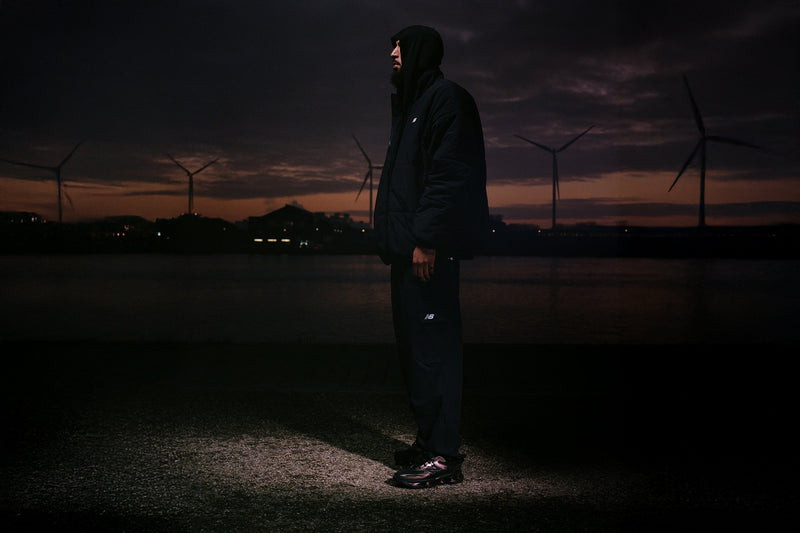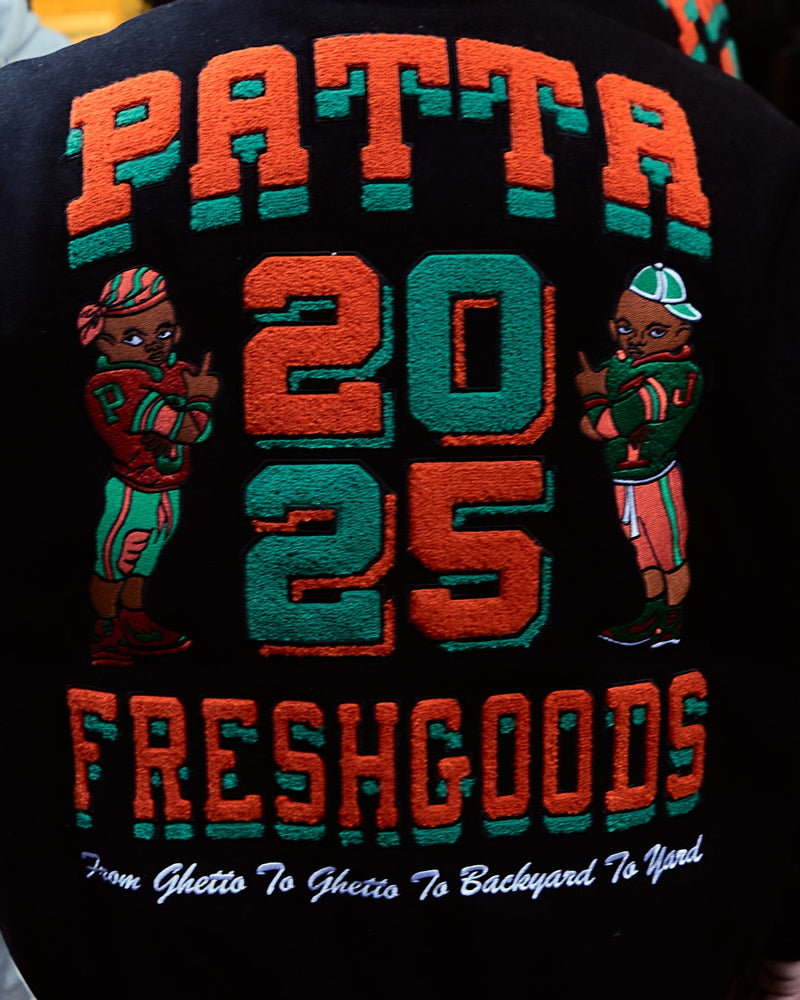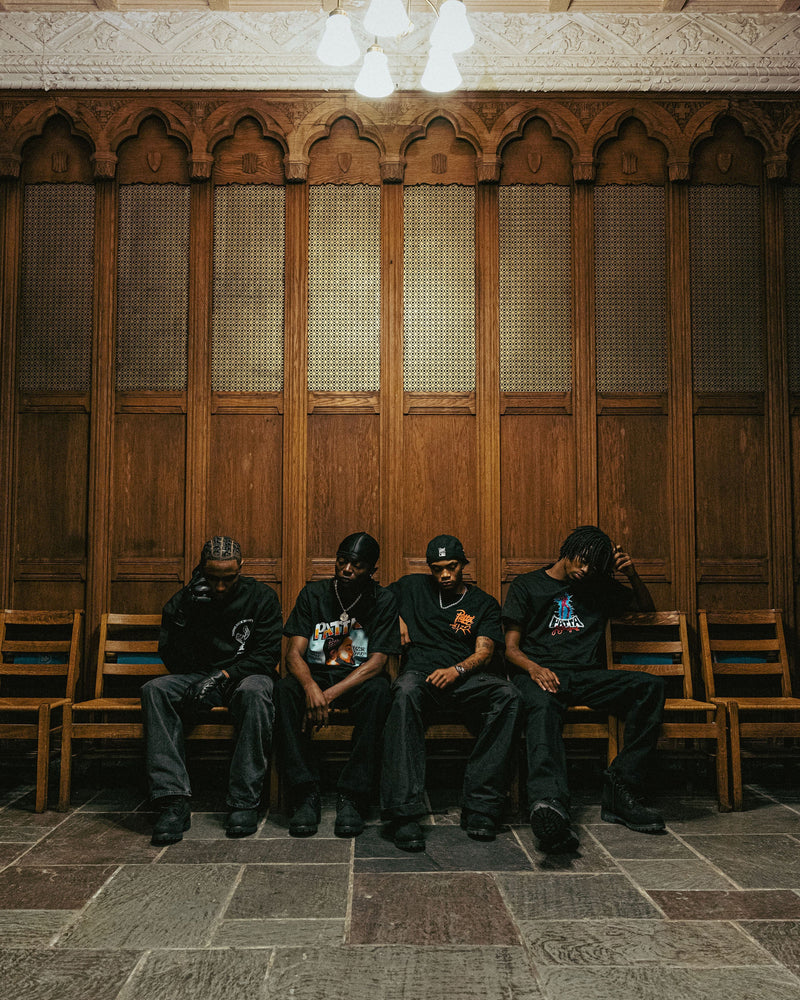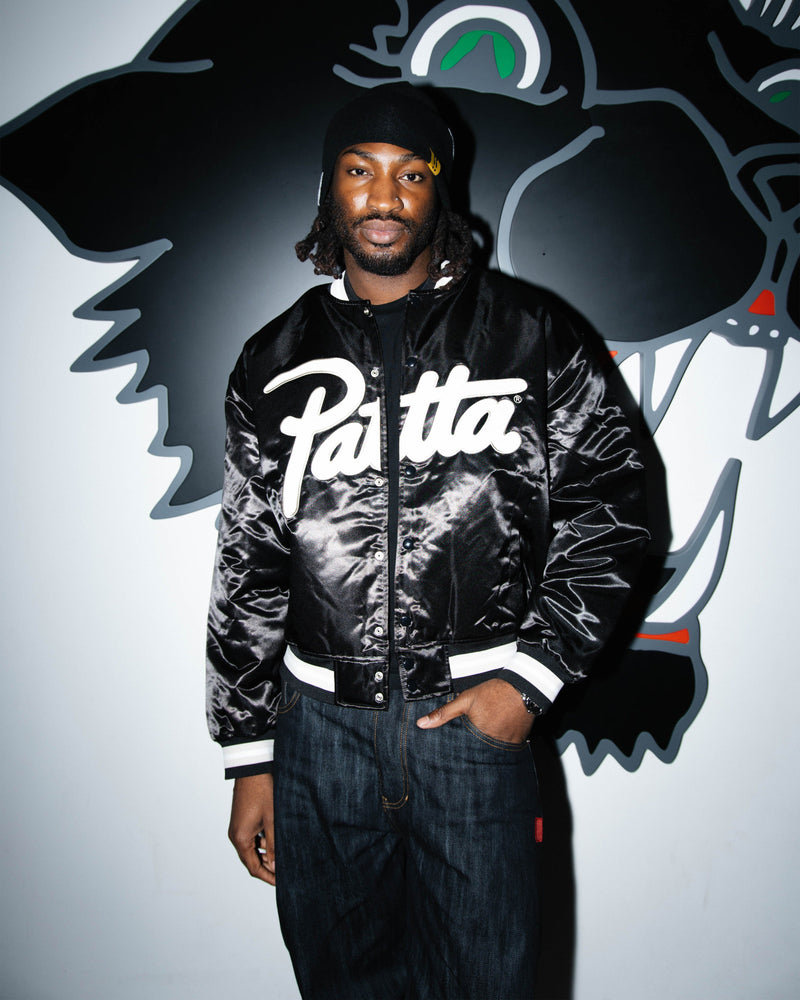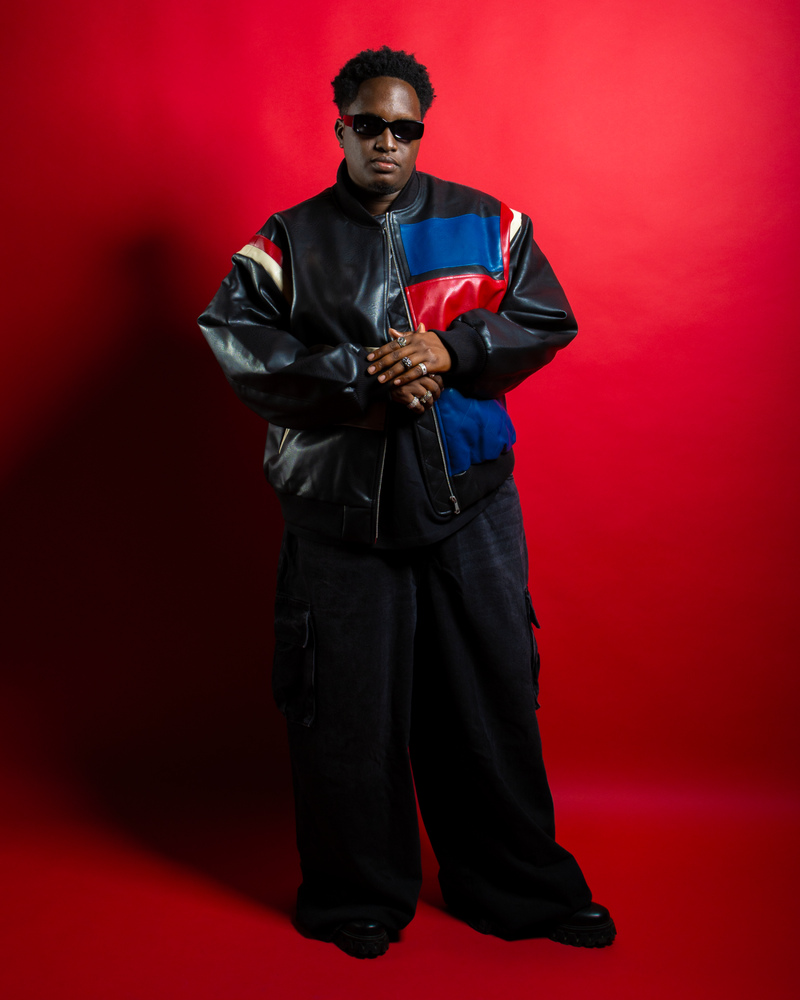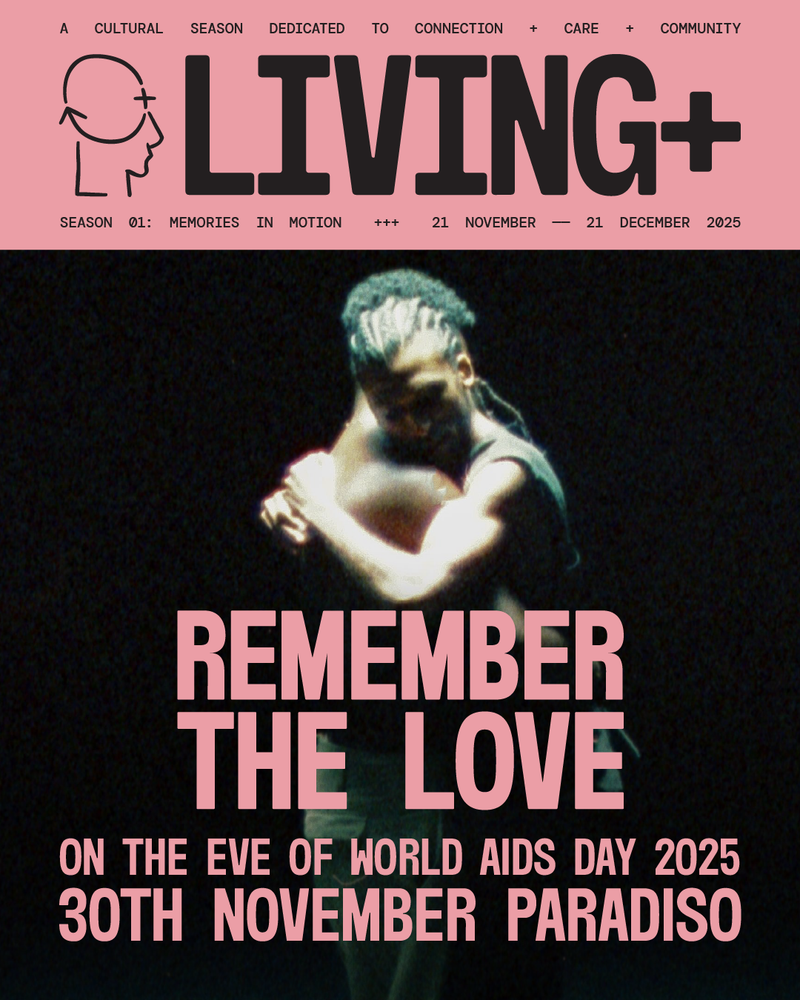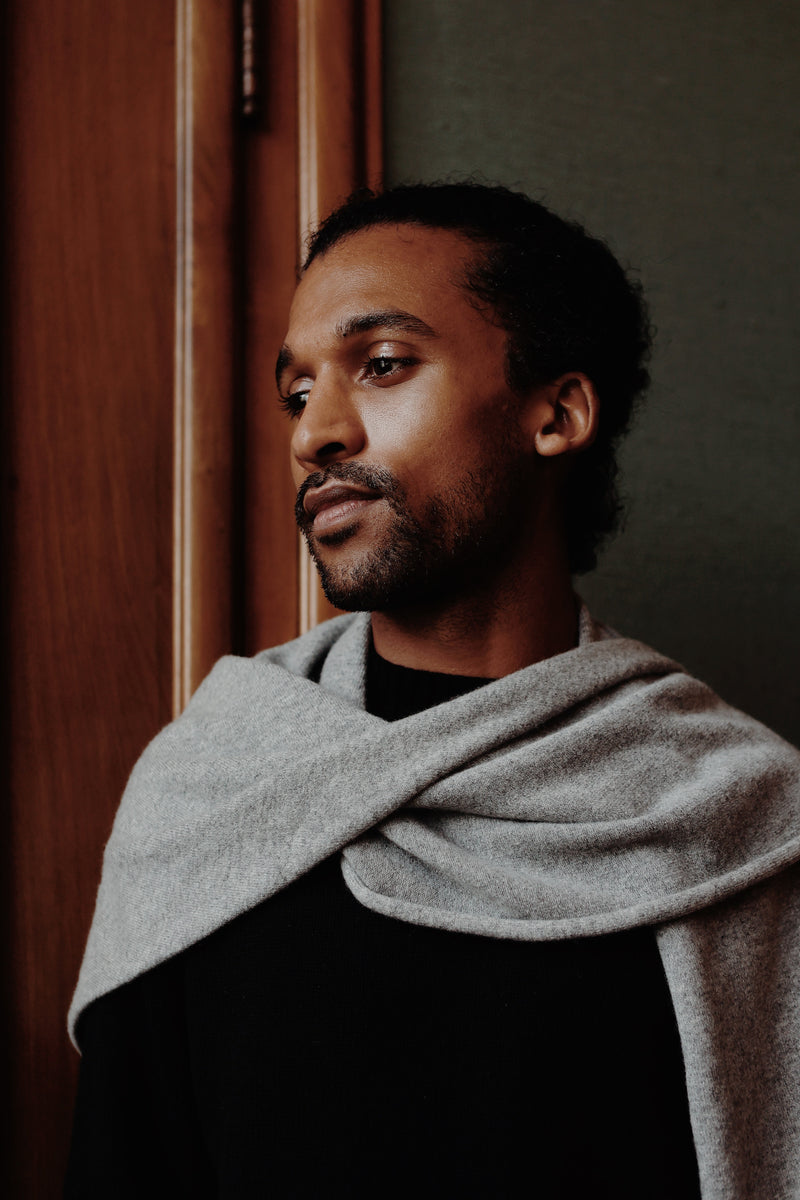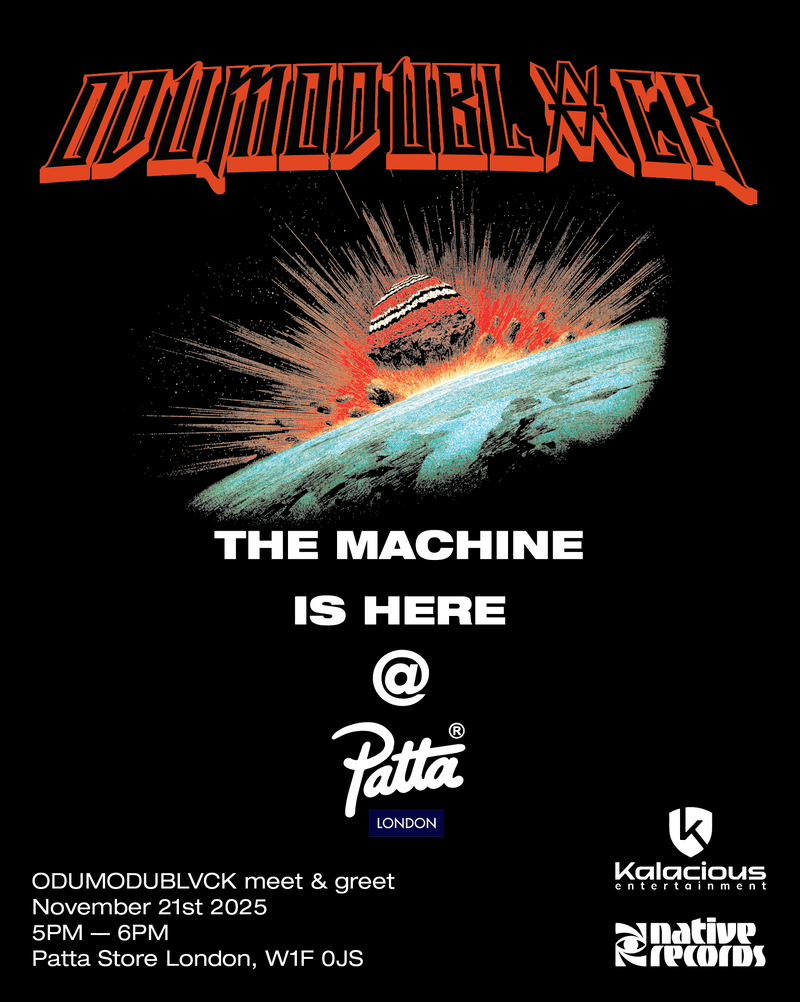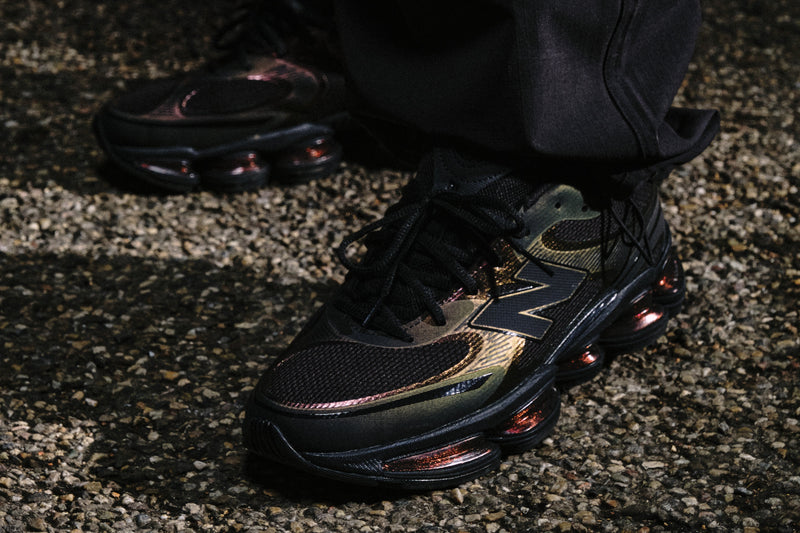
Get Familiar: Earl Jeffers
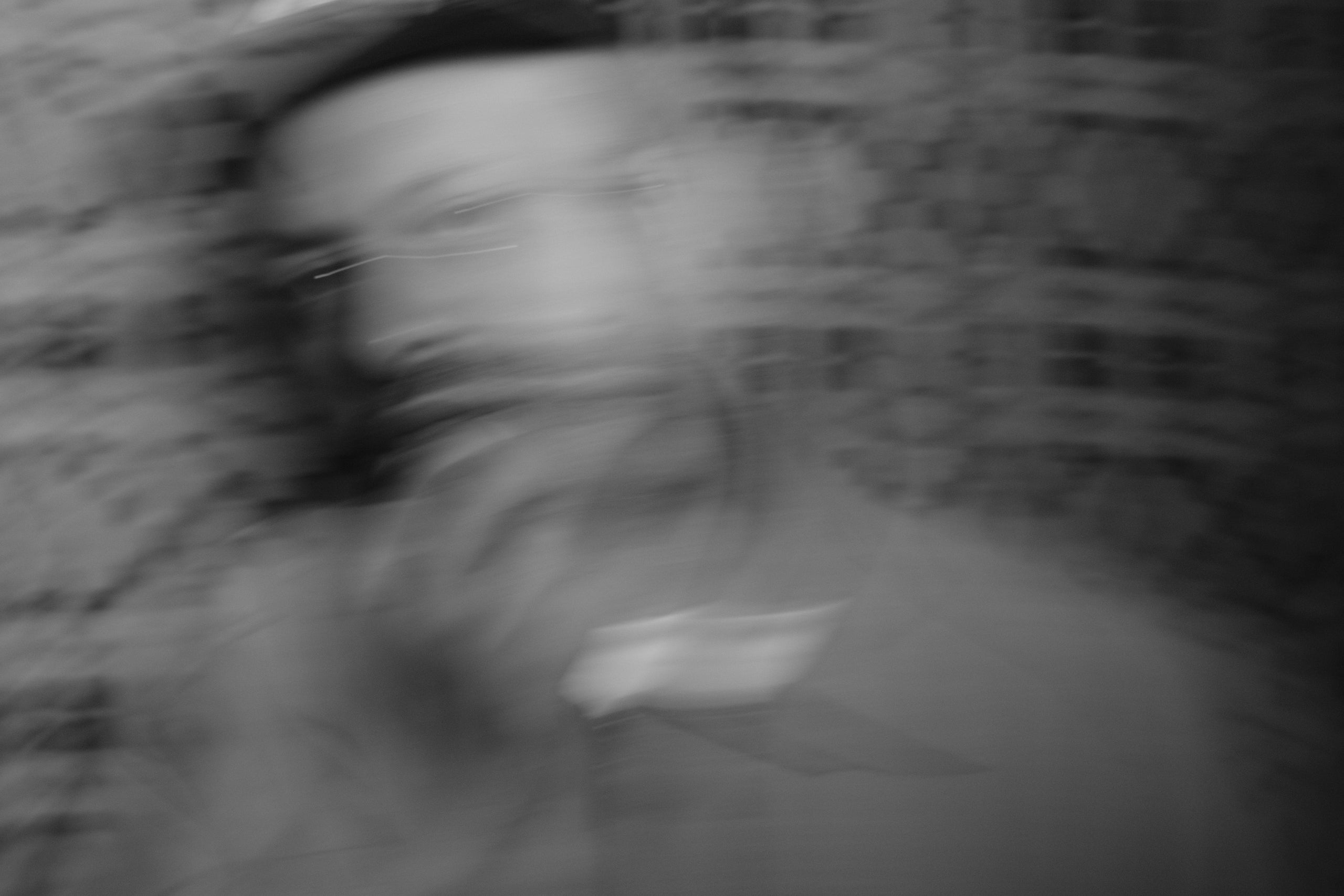
Interview by Passion Dzenga
From dusty attic record collections to underground club nights in Cardiff, Earl Jeffers’ musical journey is rooted in deep listening, creative evolution, and community connection. Whether crafting soulful house under his own name, building hip-hop landscapes as Metabeats, or collaborating through collectives like CRST and Darkhouse Family, Jeffers has consistently pushed the boundaries of genre and process.
His approach is as much about heritage as it is about innovation—drawing from classic ‘90s sounds, jazz records, and MPC experiments while always keeping an eye (and ear) on what’s next. With a DIY spirit and an ear for detail, he’s developed a body of work that spans labels like Local Talk and Ten Thousand Yen, as well as his own eclectic imprint, Melangé.
In this conversation, we dive into the foundation of his career, the role of Cardiff in shaping his sound, the magic of sampling, and what it means to stay true to your creative instincts in a fast-shifting musical landscape.

Let’s start from the beginning. Can you walk us through your musical journey—from childhood to becoming a DJ and producer?
At around five years old, I was picking up whatever was playing from my dad’s room or on the car radio. Then a few years down the line, my older brother and cousin were into hip-hop—N.W.A., Wu-Tang—and later jungle. My first tape was a Fabio set from Amnesia House. I remember the gold case. That stuck with me.
They also bought rave tape packs—Dreamscape and all that—and got into house and garage. My brother’s friend was a DJ, so I’d go to his and pick up some basics. The youth clubs were also key—there was this guy putting on parties, in the local area. But I was a little too young. So he would bring his turntables to the youth club sometimes. I’d walk 45 minutes across town just for a go. That’s where it really started. That’s all I wanted to do. I would be up before school mixing records.
Once I got decent at DJing, I started thinking: how are these records made? A friend got an MPC 2000, and we started experimenting. I’d make beats for MCs, and over time I knew this was what I wanted to do—not just for fun.
How did you transition from hobbyist to professional?
It clicked in college. I tried plumbing and a few other courses, but nothing stuck. Nothing felt as right as music. So I focused entirely on it.
You’ve worked under several names—Metabeats, Chaser, Earl Jeffers. How do you decide which alias fits?
It evolved naturally. I had three styles. The hip-hop and instrumental stuff was Metabeats, which was my first name. Chesus came from a nickname a friend gave me—I used that for house. Then Earl Jeffers was more sample-based house, where I applied a hip-hop approach to house music. Over time, I just focused on the Jeffers identity to simplify things. I still do Darkhouse Family work, where I go by Jeffers.
How did growing up in Cardiff shape your sound and access to music?
It was challenging. In the early 2000s, there was a healthy hip-hop scene and dance music always had a presence since the late 80’s But to break through from Cardiff, you had to look beyond it.
That said, Cardiff gave me my first gigs—I was DJing in clubs before I was even legally allowed in! These days, younger artists have more access to music, which leads to more genre-blending. That’s really exciting.

Tell us about the old Cardiff parties that helped shape you.
Places like The Emporium and Vision were great for the House & Garage nights in the late 90’s/early 2000’s, then Higher Learning at the Toucan Club was massive for Cardiff hip-hop in the early 2000s. They booked a lot of UK talent. We’d leave the club and head straight to the studio to make records all night. That’s how I met Mayor from Associated Minds, the label that released my Metabeats projects. We even worked with names like Quelle Chris, Action Bronson, and Elucid.
Your sound often pulls from classic ’90s house to soulful, jazzy textures. What draws you to those older sounds?
Constant digging. My ears have matured—I’ll revisit records I bought years ago and hear new things I missed back then. That shift in perspective keeps the music fresh.
Sampling is key to your style. What’s your process like?
Definitely. Sometimes I’ll hear a sample and it sparks a whole track. That usually happens with jazz, soul, disco, or early house—sounds I grew up with. My dad had a music room, and hearing the music he was playing through the walls left an imprint.
What’s your studio workflow like these days?
It varies. Sometimes I start with records and chop samples. Other times, I build from scratch using keys or synths. I’ve got a Rhodes right in front of me—I've been using that a lot more lately.

Any essential hardware you rely on?
Yeah, the Rhodes is huge for me. It’s expressive—the action lets you really put emotion into the keys. I also use a Korg Triton and Roland JV-1080. You’d be surprised how many iconic sounds are in those. Even “Grindin’” by the Neptunes came from a Triton preset.
Have collaborations always been part of your journey?
It started solo but quickly became collaborative. My friends weren’t DJs but were deep into music, so we made stuff together. I’ve been part of CRST (garage/house), Darkhouse Family, and other projects. I honestly enjoy it more than working solo—two ears are better than one.
CRST was pretty influential in shaping modern UKG. Could you see yourself returning to that?
Possibly, but only two of us still make music. It was the right timing and energy back then. My focus has shifted, but I’m open to doing something future-facing—maybe not strictly UKG, but something new. That era, with dubstep, fidget house, and UKG colliding, was a pivotal time.

Tell us about Darkhouse Family. What sets that project apart?
It started with Metabeats energy but evolved. During the peak of the LA beat scene—HudMo, Hoya Hoya, etc.—we were influenced by that experimental sound while still staying rooted in hip-hop. Our last album leaned jazz-heavy, mixing samples with live instruments. Now we’re working on a new one—it’s more raw, hip-hop-leaning, with vocalists and rappers. We’ve come full circle.
You’ve released music on respected labels like Local Talk, MCDE, Ten Thousand Yen, and Handy. What do you look for in a label now?
Early on, it was about where the sound would fit and getting exposure. Now it’s more about relationships and community. Handy, for example—I’ve known James for years. That trust matters. I also release through my own label Melangé, which gives me full creative control.
What’s the vision behind your label Melangé?
“Melangé” means “mixture” or “cocktail” in French—that’s what I aim for. I don’t want it to be just a house label. It’s a platform for all styles I love. We’ve put out music from people like Javonntte and Byron the Aquarius. I also created Melangé Archives to re-release older tracks I had on other labels, so everything lives under one roof and tells the full story.

Have you put out any LPs through Melangé yet, or mostly EPs?
Just 12"s so far. I think club music works best in short formats. If I were to do an album, it wouldn’t be strictly house—it’d showcase a range of styles.
Your visual aesthetic is distinct. How did the collaboration with Ral Duke and the family photo direction begin?
From the start of Melangé, I wanted something personal. I used old family photos for artwork. I love that aged-photo feel, especially when it carries meaning. When other artists release on the label, I ask them for images from their own family archives too. It adds soul to the whole thing.
Ral and myself have been good friends for many years before the label and his art was even a thing, so that was an organic relationship and approach.
You’ve toured widely. Any standout shows or cities that left a mark?
Glastonbury and Bloc were definite highlights. But smaller clubs are where it’s at for me. Glasgow, for instance—the energy is insane. Places like Sneaky Pete’s and Sub Club never disappoint.

You’ll be playing in Amsterdam soon. What can the crowd expect?
Yeah, I’m playing with DJ Pointless at Phono Lake. First time there, so I’m excited. Amsterdam’s always been a favourite—not just to play but to soak up the vibe. I’ve been digging into older NYC sounds recently, so expect a bit of that, along with new material.
What else should we be looking out for from you this year?
I’m continuing the Boomedit series. I don’t really think of them as edits—more like remixes or reinterpretations. The first was disco-heavy, the second leaned into late ’90s/early 2000s R&B, the third had a Neptunes-style flavor. More of that is on the way, along with reissues on Melangé. ‘Special’ is the first release in the series that’s just dropped.
You’ve also been involved in community work. What’s Extravagaza about?
It’s a series of fundraising parties we’ve been running to support relief efforts in Gaza. We’ve done a few in Cardiff and plan to expand to Bristol. It’s a small gesture, but it matters. People can follow me on Instagram or Facebook for updates.
Any final thoughts?
Just that I’m grateful to still be doing what I love. There’s a lot more to come—through music, art, and the projects we’re building together. Stay tuned.
From MPC experiments in Cardiff bedrooms to shaping the sound of UK house and hip-hop, Earl Jeffers has carved out a deeply personal, genre-defying path. Now, he brings that energy to Phono Lake x Handy—alongside DJ Pointless and Tiago—for one unforgettable night in Amsterdam. Expect soulful house, deep cuts and raw grooves from across the spectrum, delivered by artists who live and breathe the underground. Tickets on sale now — don’t miss it.
